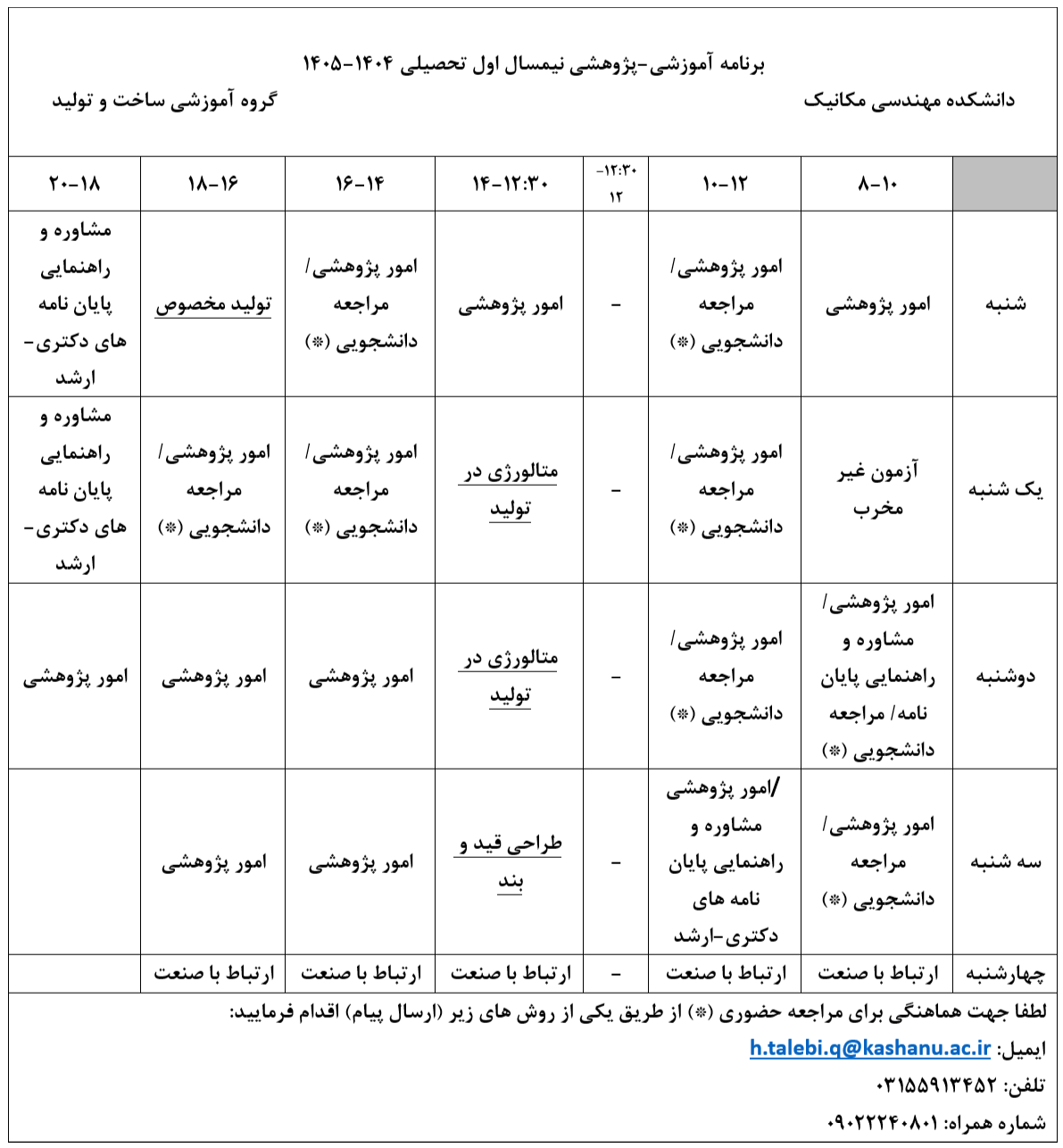| نویسندگان | حسین طالبی قادیکلائی,حسن مسلمی نائینی,عباد طالبی قادیکلایی,محمد جواد میرنیا |
|---|---|
| نشریه | Materials Today Communications |
| ضریب تاثیر (IF) | ثبت نشده |
| نوع مقاله | Full Paper |
| تاریخ انتشار | 2022-04-26 |
| رتبه نشریه | علمی - پژوهشی |
| نوع نشریه | الکترونیکی |
| کشور محل چاپ | ایران |
| نمایه نشریه | SCOPUS ,JCR |
چکیده مقاله
The present study aims to propose a new predictive damage model considering the stress state and the effect of process parameters. To this end, an intelligent model founded based on both data mining and ductile damage model is developed to predict the fracture of AA6061-T6 during the bending process. The normalized Cockroft-Latham criterion is employed to numerically predict the fracture onset. The criterion is calibrated based on the plane strain tension test. Then, the calibrated criterion is implemented into the finite element (FE) Abaqus/explicit software using an appropriate user subroutine. The stress state analysis in the bending and the plane strain test indicate that the calibrated damage model could provide a close description of damage distribution and fracture onset during the bending process, and also the experimental results prove that the FE analysis could predict fracture onset at an error rate of 2.57%. Also, the combination of machine learning tools and the FE damage model is used to propose a predictive model of damage evolution and ductile fracture initiation during the bending process. As a verification of the proposed model, the damage values in various forming conditions that are out of the learning database are compared between machine-learned and FE simulated damage results. In this regard, it is proved that the proposed model efficiently predict the damage evolution successfully for an arbitrary combination of process parameters including thickness, bending radius, and bending angle. From this investigation, the proposed machine-learned predictive damage model is proved to supply a useful optimal soft computing approach in the bending process. Finally, the forming conditions in which the sheet metal could be successfully deformed into U-shape product (bend up to 90 degree) are determined, and also the minimum achievable bending radius in some cases are predicted by the proposed method.

